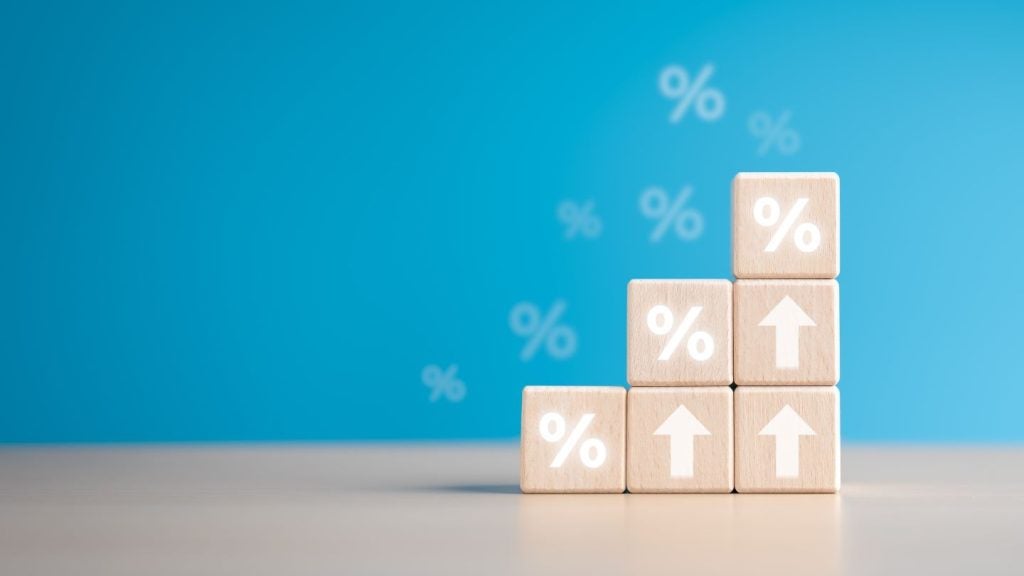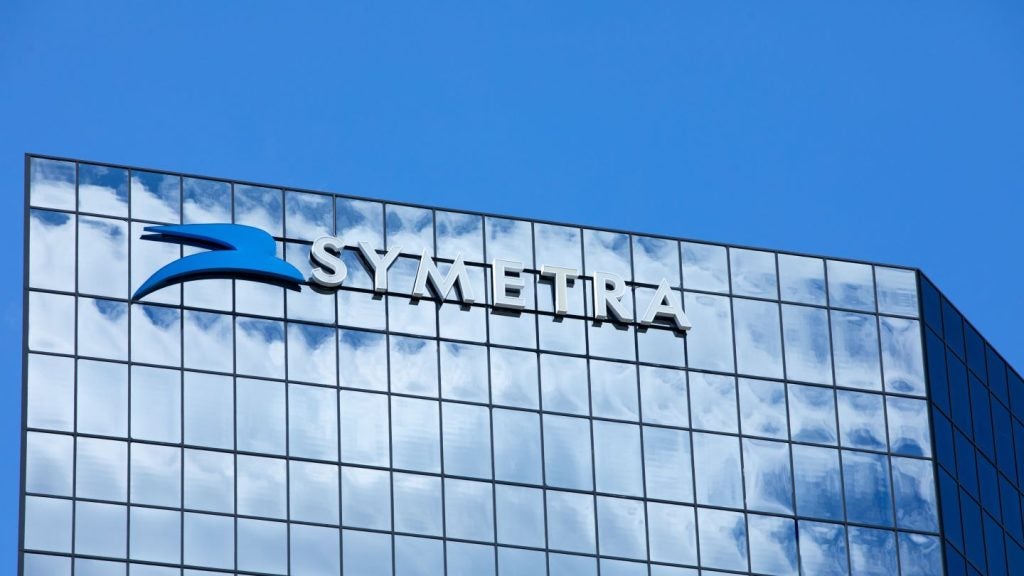Insurance industry attractiveness
The South Korean insurance industry is the third-largest insurance industry in Asia, behind Japan and China, and the ninth-largest insurance industry worldwide. Despite the challenges of the global financial crisis, the industry recorded robust growth during the 2007-2011 period, with its written premium value increasing from KRW95.3 trillion (US$104.8 billion) in 2007 to KRW132.5 trillion (US$119.2 billion) in 2011 at a CAGR of 8.6%. This growth was driven by an increase in consumer spending on insurance products and South Korea’s strong economic conditions.
The South Korean insurance space is dominated by domestic operators. The industry also features foreign companies, with companies such as ING entering the market as a greenfield investment, and some companies acquiring existing companies, of which a notable example is Allianz Life’s purchase of Jeil Life. As of March 31, 2011, there were 23 companies operating within the South Korean life insurance segment, of which nine were foreign life insurers. The non-life and personal accident and health insurance segments comprised 23 companies, of which 10 were foreign insurers. There are also seven reinsurance companies in South Korea, of which six are foreign entities.
The life insurance segment dominates the South Korean insurance industry, accounting for a 68.85% share of overall written premium. It was followed by the non-life insurance segment with an 18.1% share, and personal accident and health insurance segment with a 13.1% share. Life insurance in South Korea is a mature market with a high penetration rate of 7.8%.
Life policies remain one of the most popular methods of saving and investment in the country. The segment is expected to further expand at a CAGR of 6.7% in the coming years, driven by South Korea’s rapidly aging population and consequent high demand for post-retirement protection products such as annuities and savings insurance.
Overall, the written premium value of the South Korean insurance industry is projected to record a CAGR of 7.2% over the coming years, with an anticipated increase from KRW132.5 trillion (US$119.2 billion) in 2011 to KRW187.5 trillion (US$168.7 billion) in 2016. Bolstered by the country’s high traffic accident rates, an aging population, rising disposable income and an increase in outbound tourism, the personal accident and health segment will remain as the main driver for growth in the industry, with an expected CAGR of 14.2% through 2016.

US Tariffs are shifting - will you react or anticipate?
Don’t let policy changes catch you off guard. Stay proactive with real-time data and expert analysis.
By GlobalDataDomestic insurers will continue to account for a dominant share of the South Korean insurance industry across all three segments, although the combined market share of foreign insurers in the country is expected to increase.
Segment Outlook
South Korea has a well-developed life insurance industry slowly moving towards saturation, with industry penetration having reached 7.8%, and the total number of life insurance policies greater than the country’s population. More than 90% of South Korean households have at least one life insurance policy and the average per household is 4.4 policies. After falling in 2009 as a result of the global economic crisis, life insurance premiums have recovered in 2010, accounting for 68.9% of the industry’s total written premium in 2011.
The growth of life insurance segment in South Korea was primarily driven by a growing economy, tax benefits and the emergence of life insurance as a means of saving and investment. The expansion of distribution channels in the country further supported the segment’s growth. With one of world’s most rapidly aging population, ongoing demand for post-retirement protection products such as annuities and savings insurance is expected to drive the South Korean life segment in the coming years. As the life segment moves towards saturation, factors such as the established distribution networks of existing insurers and consumer brand loyalty will represent challenges for new entrants. Product innovation in annuities, pensions and other post-retirement products will also be critical to increasing insurers’ chances of winning new business in the life insurance segment.
The written premium value of the life insurance segment is expected to increase from KRW91.2 trillion (US$82.1 billion) in 2011 to KRW126.1 trillion (US$113.5 billion) in 2016, after recording a CAGR of 6.7%. The growth in the segment will be driven by the country’s recovering economic environment, rising disposable income levels and growing demand for pension and retirement products.
The individual pension category is in a growth stage with reforms being introduced during the 2007-2011 period. It grew at a CAGR of 83.9% during the 2007-2011 period to reach a value of KRW4.6 trillion (US$4.1 billion) in 2011. Although the category accounts for a small proportion of the overall life segment, it is expected to play a significant role in driving the segment in coming years. In January 2011, tax incentives for corporate pension plans were also changed. This included an increase in tax-deductible pension contributions from KRW3.0 million (US$2,700.0) to KRW4.0 million (US$3,600.0) per annum.
During the 2007-2011 period, individual life insurance and endowment categories accounted for 52.8% and 30.3% of the overall life segment respectively. However, the shares of these categories are expected to decline, while those of annuity and pension products will further increase, primarily due to the rapidly aging population and ongoing demand for post-retirement protection in the country.
In 2011, the top three South Korean life insurers accounted for 45.0% of the life segment, down from a peak of 53.5% in 2008. The growth in the shares of smaller domestic life insurers in South Korea reflects their successful marketing of savings-based products such as annuity and endowment insurance through the bancassurance channel. Foreign and smaller domestic insurers are expected to gradually increase their shares as a result of product innovation and improvements in their distribution channels.
Bancassurance has been the dominant distribution channel in the South Korean life insurance sector, recording an increase in its segment share from 30.7% in 2007 to 45.5% in 2011. During this period, a number of life companies have entered into agreements with leading banks to cross-sell insurance products through the banks’ extensive branch networks. Many banks have made higher profits by selling insurance instead of their own traditional deposit products, as it offered higher interest rates than deposit accounts due to the consequences of the global economic downturn. Bancassurance is, therefore, expected to maintain its leading share in the distribution of life insurance policies in South Korea in the coming years.
Distribution channels
Traditionally, South Korean life insurers have relied on their large networks of insurance brokers, solicitors or independent agents and internal employees for a significant portion of sales, with the distribution of the country’s life insurance products dominated by independent agents that sold insurance on a part-time basis. However, these independent agents lacked professional training, resulting in low customer retention. The situation has changed with the entry of foreign insurers and multinational companies such as ING, which stressed the need for a professional and qualified agent network, as well as new distribution channels such as bancassurance.
South Korea first adopted bancassurance in August 2003, with the final set of regulations being only implemented in 2008. Bancassurance has subsequently emerged as the leading distribution channel for life insurance policies in the country, accounting for a 45.5% share of the segment’s total new business in 2011. Notably, it attained this status despite the fact that there is no vertical integration between banks and insurers in South Korea, with the country’s life insurers instead merely recognizing the strong potential of the channel following a significant increase in the proportion of the South Korean population with access to formal banking services.
Interestingly, while the country’s leading domestic life insurers, such as Samsung Life Insurance, Kyobo Life Insurance, Tongyang Life Insurance and Korea Life Insurance, recorded a gradual increase in sales of new life insurance policies through bancassurance, foreign insurers operating in South Korea typically rely on bancassurance for more than 80% of their new business.
The competition for distribution through bancassurance has intensified after the National Agricultural Cooperative Federation (Nonghyup) launched its life operations in March 2012. This move has allowed Nonghyup to use its national network of more than 1,000 bank branches to conduct mass marketing of its insurance products, while it has also remained exempt from the rule barring banks from selling more than 25% of insurance policies from a single insurer. This has given a clear competitive advantage to Nonghyup over rivals such as Samsung Life Insurance and Korea Life Insurance, and also contributed to the overall growth of the total new business premiums collected through bancassurance, which is expected to record a CAGR of 12.8% over the coming years.
Direct marketing is also a popular channel for the distribution of South Korean life insurance products, favoured by many insurers due to its lower marketing and administrative costs. The new business written premium from the channel therefore recorded strong growth during the 2007-2011 period, increasing from KRW1.9 trillion (US$2.1 billion) in 2007 to KRW2.8 trillion (US$2.5 billion) in 2011 at a CAGR of 9.5%. This growth is, however, expected to slow in the next few years, with the new business written premium increasing at a CAGR of 8.9% to reach a projected value of KRW4.3 trillion (US$3.9 billion) in 2016.
Life insurance companies in South Korea have also established strong networks of insurance agents selling their products to the country’s diverse customer segments, with the number of life insurance agencies in South Korea reaching 13,177 in 2011. Moreover, these networks are expected to generate significant business for South Korean life insurance companies, with the new business written premium projected to record a CAGR of 7.0% to reach a value of KRW1.4 trillion (US$1.3 billion) in 2016.
South Korea’s increasing internet penetration and improving consumer awareness of online retail is expected to drive demand for distribution of life insurance through the e-commerce channel in coming years. Notably, this channel is also preferred by insurers due to its potential to reduce distribution costs allowing insurers to offer policies with lower premiums. Consequently, the number of life insurance policies sold through e-commerce is forecasted to record a CAGR of 3.4% over the next few years, reaching 472,831 policies in 2016, while the contribution of the channel towards total life insurance new business written premium is expected to increase from 2.1% in 2011 to 2.2% in 2016.







